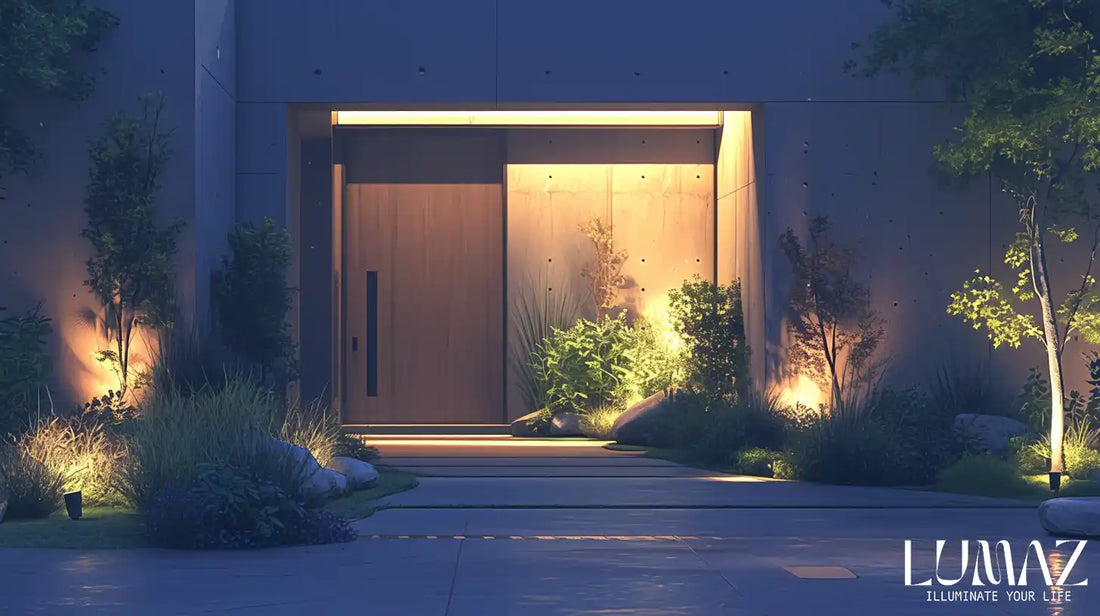
How to Choose the Best Outdoor Barn Lights: A Comprehensive Guide
Share
Table of Contents
- Types of Outdoor Barn Lights
- Choosing the Right Brightness
- Material and Durability Considerations
- Safety Features of Outdoor Barn Lights
- Installation and Placement Tips
- FAQ
Introduction
Outdoor barn lights are a fantastic way to brighten up your space while adding a rustic, charming aesthetic to your property. Whether you're lighting up your barn, garden, or outdoor walkway, selecting the right barn light can make a huge difference in both functionality and style. In this comprehensive guide, we'll cover everything you need to know to choose the best outdoor barn lights, from types and brightness to materials and installation tips.
Types of Outdoor Barn Lights
When it comes to barn lights, not all options are the same. Depending on your lighting needs, there are several different types of barn lights to choose from. Let’s break down the most popular types:
1. Wall-Mounted Barn Lights
Best For: Exterior walls of buildings, garages, barns, and patios.
Wall-mounted barn lights are a classic choice. They offer a sleek, industrial design, perfect for illuminating the sides of structures. These lights are typically affixed to a wall and are perfect for low-profile lighting. They often come in a variety of styles, from traditional gooseneck arms to more modern, straight-back designs.
2. Post-Mounted Barn Lights
Best For: Paths, driveways, or open spaces.
Post-mounted barn lights are mounted on tall posts, making them perfect for lighting up driveways, yard paths, or open areas. These lights can give you more height and spread more light across a wider area compared to wall-mounted options.
3. Pendant Barn Lights
Best For: Porches, patios, or inside barns.
Pendant barn lights are a bit more decorative. They hang from the ceiling and often have an exposed bulb design, which provides both style and functionality. These lights are great for creating a cozy atmosphere in areas like patios or covered outdoor spaces.
4. Flood Lights
Best For: Large outdoor areas, security lighting.
While not as decorative as other options, flood lights are powerful and offer wide coverage, making them ideal for security purposes or large outdoor spaces that need bright, uniform lighting.
5. Motion-Sensor Barn Lights
Best For: Areas that need occasional lighting or security lighting.
For added convenience and security, motion-sensor barn lights activate when they detect movement. These lights are energy-efficient, automatically turning off after a set period of inactivity. They work well in outdoor areas like gardens, driveways, or entrances.
Choosing the Right Brightness
Brightness is one of the most important factors to consider when selecting barn lights. The brightness of outdoor barn lights is typically measured in lumens. The higher the lumen count, the brighter the light. Here's how to choose the right brightness based on your specific needs:
| Application | Recommended Lumens |
|---|---|
| Pathway or Walkway Lighting | 300-700 lumens per fixture |
| Security or Flood Lighting | 1,000-2,000 lumens per fixture |
| Garage or Barn Lighting | 700-1,500 lumens per fixture |
| Patio or Porch Lighting | 500-1,000 lumens per fixture |
| Accent Lighting (decorative) | 200-500 lumens per fixture |
Tips to Determine the Right Brightness
- Small spaces: For areas like porches or small walkways, choose lights with lower lumen output (around 300 to 700).
- Large open areas: For expansive yards or driveways, opt for higher lumen output (around 1,000-2,000) to ensure ample lighting.
- Functionality: If your barn light serves a functional purpose (security, working areas), aim for higher brightness to make sure the area is well-lit.
Understanding the Role of Wattage and Lumens
While lumens measure brightness, wattage measures energy consumption. In modern LED lights, you can get high lumens with low wattage, which is energy-efficient and cost-effective. So, always check both the wattage and lumen values to ensure you're getting the right combination.
Material and Durability Considerations
Outdoor barn lights need to be durable enough to withstand weather conditions. The materials used in the construction of these lights directly affect their lifespan and overall performance. Here are some factors to consider:
1. Weather Resistance
Outdoor lighting is constantly exposed to rain, snow, and extreme temperatures. Look for barn lights made from corrosion-resistant materials such as stainless steel, aluminum, or weathered brass. These materials can withstand the harsh outdoor elements.
2. Rust-Resistant Finishes
Rust is a common issue for outdoor lights, especially in areas with high humidity or saltwater. A good barn light should have a rust-resistant finish. Powder coating is one of the best finishes for ensuring long-lasting durability.
3. UV Resistance
UV-resistant materials are essential if your light will be exposed to direct sunlight. UV exposure can cause fading or weakening of materials over time. Look for barn lights made from UV-resistant plastics or metals.
4. Quality of the Bulb and Fixture
The lightbulb and its fixture must be suitable for outdoor use. LEDs are typically more durable and energy-efficient compared to traditional bulbs. Some high-quality barn lights come with integrated LED bulbs for greater energy savings.
Safety Features of Outdoor Barn Lights
Safety should be a top priority when selecting outdoor barn lights. Here are the essential safety features to look for:
1. Waterproof Ratings (IP Ratings)
An IP (Ingress Protection) rating determines how well a light fixture can resist water and dust. For outdoor use, look for an IP rating of at least IP44 or higher. Here's a breakdown of common ratings:
| IP Rating | Protection Level |
|---|---|
| IP44 | Protected against splashing water |
| IP65 | Dust-tight and protected against water jets |
| IP68 | Fully dust-tight and can withstand submersion in water |
2. Rust Resistance
As mentioned earlier, rust resistance is crucial to ensure the longevity of the light fixture. Check for materials or finishes that are specifically designed to resist rust.
3. Safe Electrical Installation
Choose outdoor barn lights with ETL or UL certifications, ensuring they meet safety standards for electrical installations. These certifications indicate that the fixture has been tested for safety.
Installation and Placement Tips
Proper installation and placement of barn lights can significantly affect their performance. Here are some key tips to ensure you're installing them correctly:
1. Height Considerations
For wall-mounted barn lights, aim to install them about 6–8 feet above the ground. This ensures they provide adequate coverage without being too high or too low. For post-mounted lights, a height of 10–12 feet is typically ideal.
2. Spacing Between Fixtures
When installing multiple barn lights, leave enough space between fixtures to ensure even light distribution. As a general rule of thumb, space fixtures about 10–15 feet apart for optimal coverage.
3. Directional Lighting
Make sure your barn light is directed towards the area you want to illuminate. Adjustable gooseneck arms or pendant designs allow for more flexibility in positioning the light where you need it.
4. Safety and Accessibility
Ensure that any wiring is securely installed and protected from potential weather damage. If you’re unsure about electrical installation, consider hiring a professional to guarantee safety.
FAQ
1. How long do outdoor barn lights last?
The lifespan of outdoor barn lights depends on the type of bulb and materials used. LED barn lights can last 25,000 to 50,000 hours, while traditional bulbs may only last 1,000 to 2,000 hours.
2. Are motion-sensor barn lights effective for security?
Yes, motion-sensor barn lights are highly effective for security purposes. They automatically turn on when they detect movement, providing immediate visibility and discouraging potential intruders.
3. What is the best material for outdoor barn lights?
Stainless steel, aluminum, and weather-resistant finishes like powder coating are excellent choices for outdoor barn lights due to their durability and rust resistance.
4. What kind of lights do you use in a pole barn?
In a pole barn, it's best to use LED lights for energy efficiency, long lifespan, and bright, even illumination. Common options include high bay lights for large open spaces, wall-mounted barn lights for entryways, and pendant lights for a more decorative touch in smaller areas.
5. How big should a barn light be?
The size of a barn light should be proportionate to the area it will illuminate. Larger spaces, like the interior of a pole barn or barnyard, may require fixtures with a wider spread of light, typically 12-18 inches in diameter, while smaller entryways or barns may need more compact fixtures in the 6-12 inch range.
6. How many lumens do I need for a pole barn?
For a pole barn, the required lumens depend on the size and purpose of the space. Generally, you'll need about 100-150 lumens per square foot, which means for a 1,000 square foot pole barn, you would require approximately 100,000-150,000 lumens for proper lighting.
7. How many lumens needed for 100 square feet?
For 100 square feet, you would typically need around 10,000 to 15,000 lumens to achieve optimal brightness. This can be adjusted depending on the intended use of the space, with brighter lighting needed for work areas and lower lighting for storage or decorative purposes.
Conclusion
Choosing the right outdoor barn light involves understanding your lighting needs, ensuring durability and safety, and knowing how to properly install and position your lights. By considering the factors outlined in this guide, you can confidently select the best outdoor barn lights to enhance your space and provide the right amount of illumination for years to come.
Related Articles:


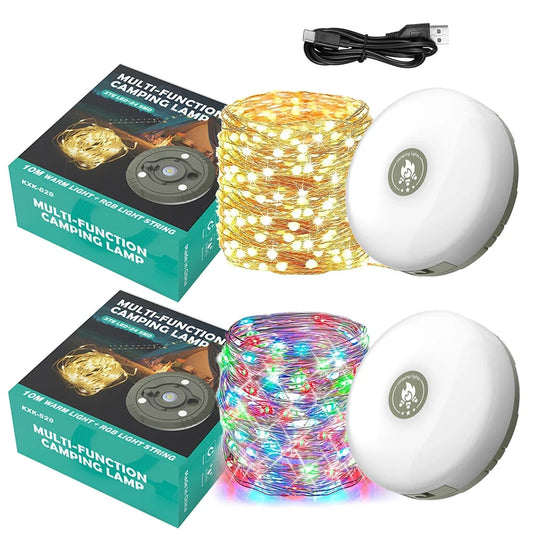

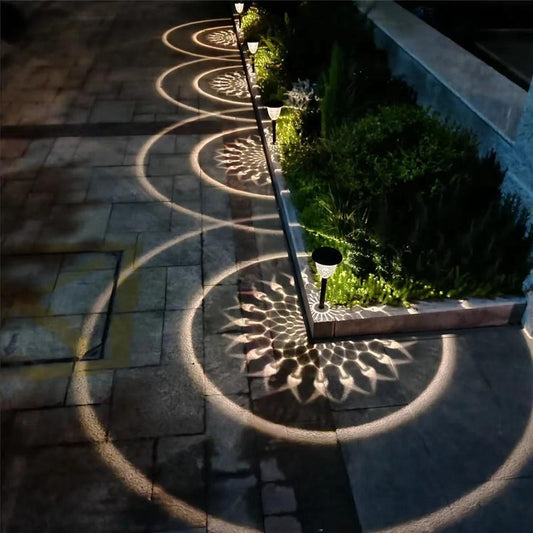

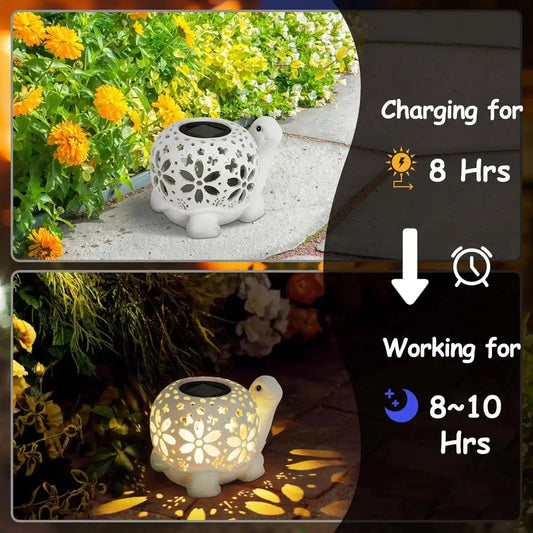

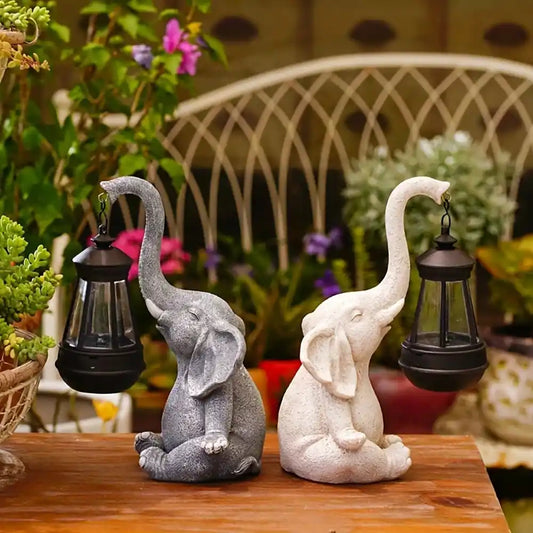

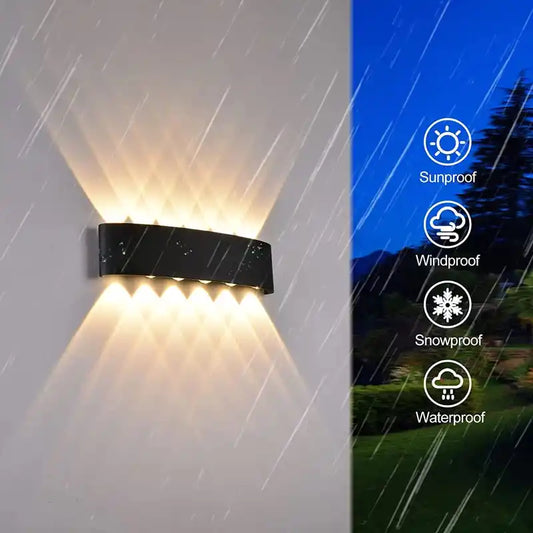

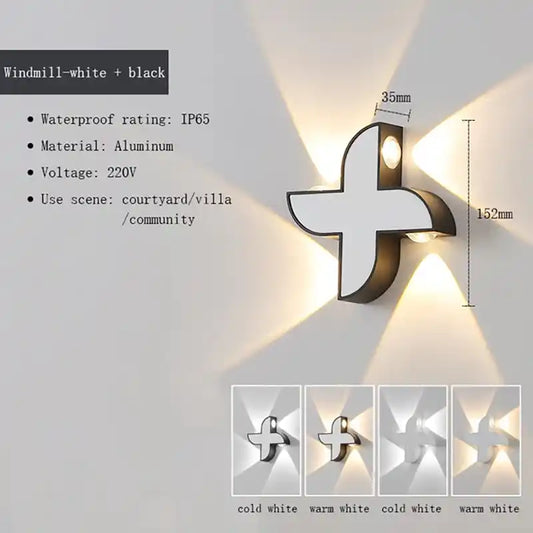

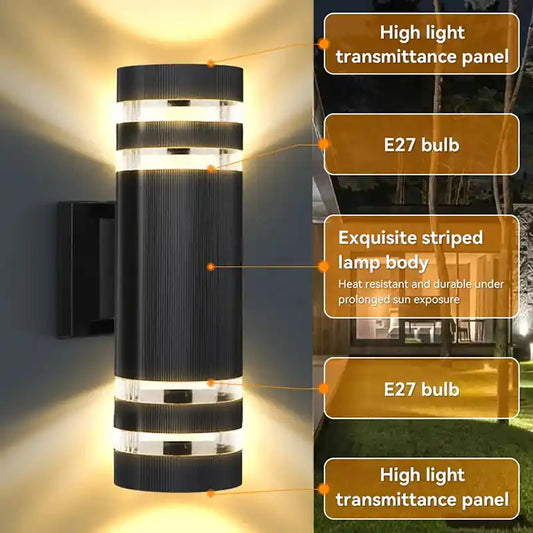

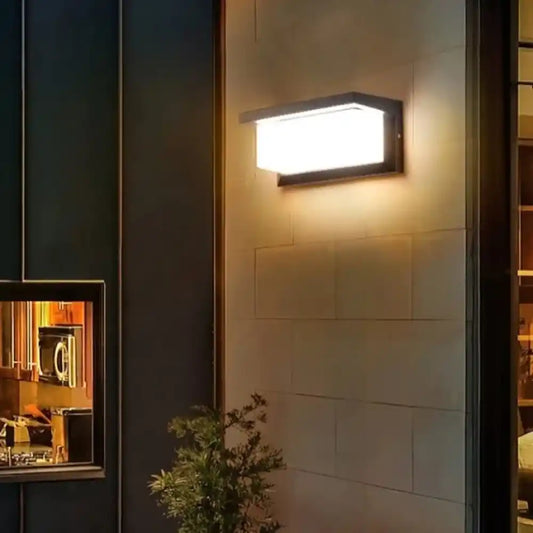



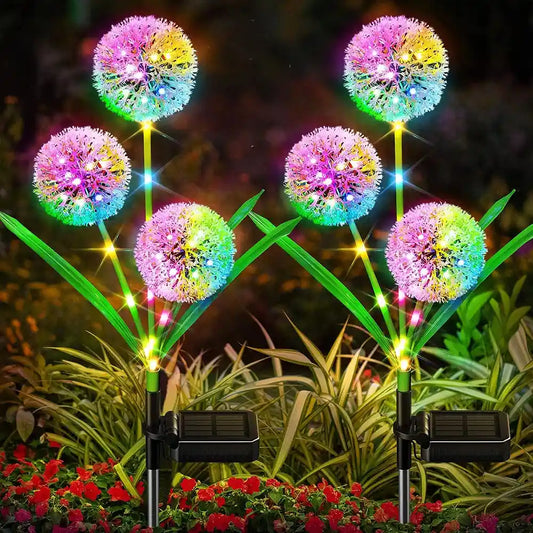



 />
/>
 />
/>
 />
/>
 />
/>
 />
/>
 />
/>